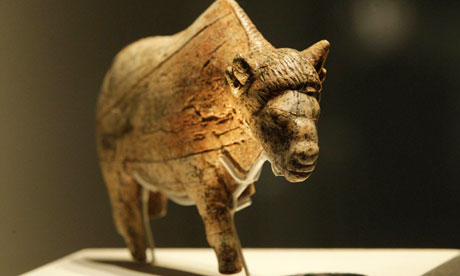The Bomber Command Memorial overlooking Green Park
'This memorial is dedicated to the 55,573 Airmen from The United Kingdom British Commonwealth & Allied Nations who served in RAF Bomber Command & lost their lives over the course of the Second World War.'
 |
| The aircrew statue. Grey Granite's father served as a navigator and instructor and her mother was in the WAAF so this, and the visit to the Women of WW2 Memorial was something of a pilgrimage. |

The Tank Regiment Memorial

























